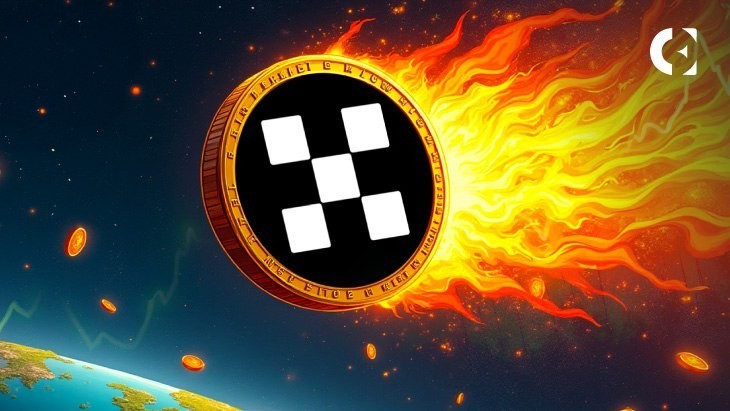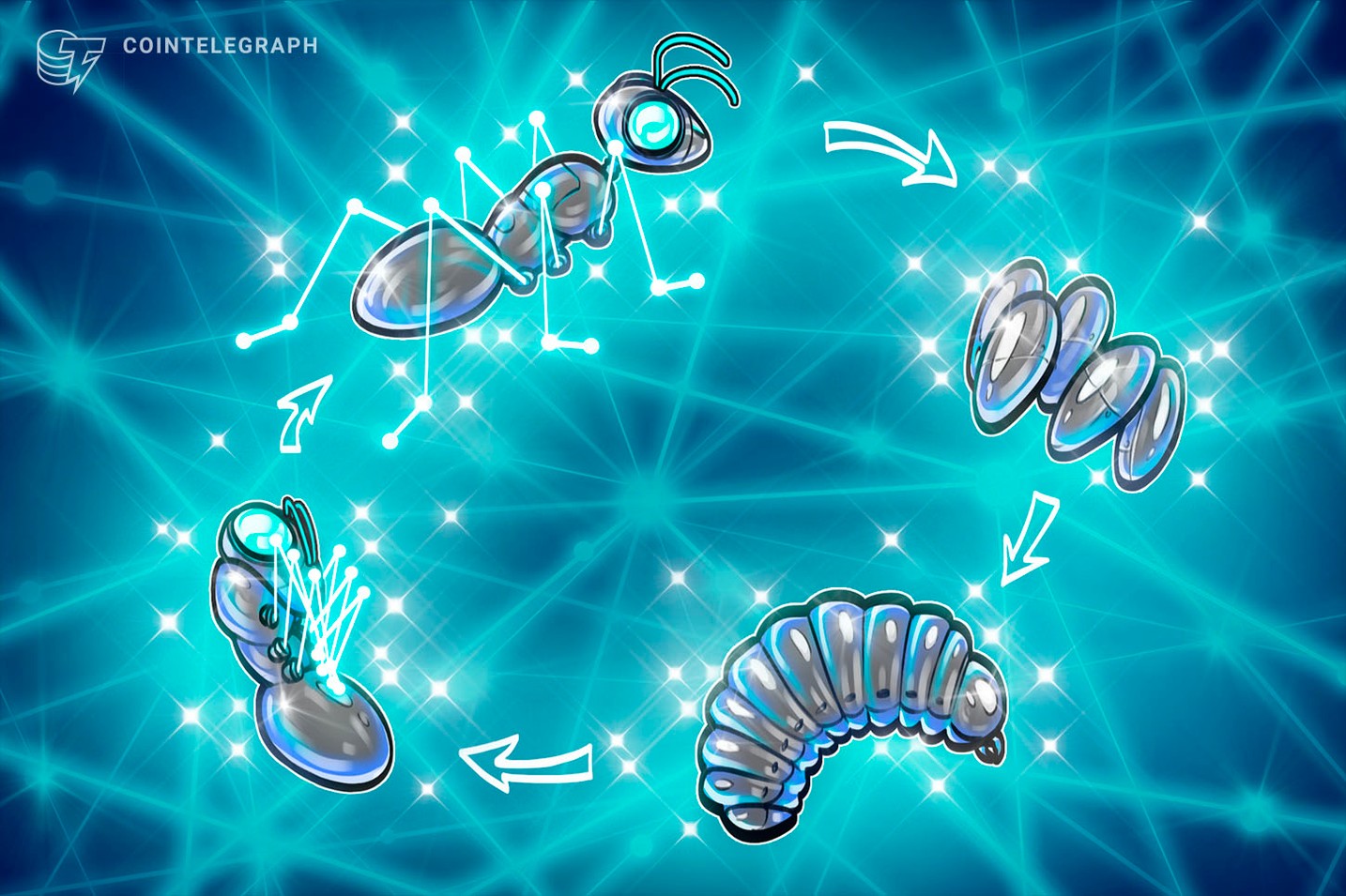Chainfeeds Introduction:
Strategies are becoming more sophisticated, business models are more complex, and opportunities are greater than ever.
Article Source:
https://www.techflowpost.com/article/detail_28255.html
Article author:
Ish Verduzco
Viewpoint:
TechFlow: As the creator economy TechFlow , email lists have become a must-have for nearly every creator. Even content creators specializing in short-form videos on TikTok or Instagram are increasingly realizing that their email lists are the core asset of their business. Unlike algorithmic distribution, which relies on uncertain distribution, email gives creators a truly direct channel to reach their audience. Whether through events, paid advertising, lead magnets, or using ManyChat to convert Instagram direct messages into subscriptions, creators are actively cultivating their email subscriber base. Posting frequency isn't the deciding factor—some post weekly, others monthly, or even only occasionally—but ownership is key: establishing a long-term, stable relationship with their audience that's independent of platform fluctuations. Meanwhile, offline touchpoints are becoming the new growth flywheel. In the past few years, creators primarily relied on online communities to build followings. Now, more and more are trying to translate these connections into offline interactions, such as podcasters hosting live recording sessions and social media creators organizing private dinners, regional meetups, and even small vacations. These interactions are more than just fan meet-ups; they are channels for deepening trust and relationships, and opportunities for exploring higher-value collaborations. Closed-loop online-to-offline interactions are becoming a key trend accelerating the evolution of relationships between creators and their audiences. In the past, creators often relied on one-off advertising partnerships, a revenue model that, while direct, was highly unstable. Today, more and more creators are turning to packaged sponsorships, integrating newsletters, podcasts, social media content, and offline events into a single, cross-platform package for brands. The advantages of this model are clear: for creators, it provides more predictable revenue, reduces the hassle of constant negotiation, and helps them build long-term partnerships with brands. For brands, these packaged partnerships offer broader reach, allowing for multi-channel exposure through a single contract and the generation of reusable content that is more creative and effective than single ad placements. This shift reflects the maturation and professionalization of the creator industry. At the same time, niche markets are increasingly proving to be a true moat for creators. A prime example is Car Dealership Guy, whose target audience is limited to approximately 155,000 car dealerships and their employees—a seemingly niche market—yet he has built a massive business empire through highly focused content and products. It's been proven that precisely targeting your ideal customer profile (ICP) is often more commercially valuable than chasing a broad audience. Many creators initially worry about niche markets being too narrow, but practice has proven that with a precise entry point and clear value proposition, the power of niche markets can be far greater than imagined. Within the industry, there's a widely held consensus that collaboration accelerates growth. Creators are increasingly expanding their reach through newsletter exchanges, podcast guest placements, joint events, and cross-promotion of products. Finding partners with similar target audiences often increases growth exponentially. This not only allows creators to reach new audiences at a lower cost, but also fosters greater enjoyment and creativity. Meanwhile, while creators distribute their content across multiple platforms, almost all have a primary home base—whether it's YouTube, Substack, Instagram, or TikTok. It's this platform that generates their initial traffic and community base, and also builds their strongest user connections. While expansion is important, platform dominance is the key to long-term success. On a more macro level, distribution is increasingly being considered the ultimate moat for creators. In an era where anyone can launch a product, tool, or service, the real differentiator isn't what you create, but how you get it seen. The integration of branding and distribution is the key to a creator's long-term competitiveness. This concept is widely shared among creators and reflects a broader shift in the industry's understanding. The strength of a creator's distribution capabilities will ultimately determine whether they can stand out in a crowded market.
Content Source








